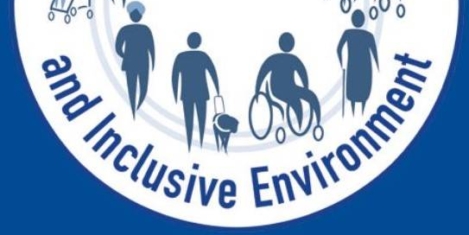March 28, 2017
New wellbeing index measures level of support for staff with poor mental health 0

Just over half (53 per cent) of staff who had disclosed poor mental health at work said they felt supported, and 72 per cent said they’d been made aware of the support tools such as Employee Assistance Programmes (EAPs), counselling, staff support network or informal buddying systems, a new piece of research has disclosed. The data has been gathered by mental health charity Mind to give an insight into the mental health of 15,000 employees participating in Mind’s first ever Workplace Wellbeing Index, a brand new benchmark of best policy and practice when it comes to staff mental health. Thirty organisations participated in Mind’s first ever Workplace Wellbeing Index, including Deloitte, HMRC, the Environment Agency, Jaguar Land Rover and PepsiCo. Over half (56 per cent) of employees who reported mental ill health were offered reasonable adjustments or support measures, such as changes to hours worked or the nature of some of their duties.













 Accommodation and food services, manufacturing, and transport industries will be hardest hit by limits on movement of EU and non-EU workers following Brexit, a new report has claimed. The latest edition of Mercer’s
Accommodation and food services, manufacturing, and transport industries will be hardest hit by limits on movement of EU and non-EU workers following Brexit, a new report has claimed. The latest edition of Mercer’s 


 Gig economy workers are as likely to be satisfied with their work as workers in traditional employment, according to a major new survey published today by the CIPD which provides the first robust estimate of the size of the gig economy. Currently, 4 percent of UK working adults aged between 18 and 70 are working in the ‘gig economy’, which means approximately 1.3 million people are engaged in ‘gig work’ according to ‘To gig or not to gig: Stories from the modern. The report, which is based on a survey of 400 gig economy workers and more than 2,000 other workers, as well as 15 in-depth interviews with gig economy workers found that nearly two-thirds (63 percent) believe the Government should regulate to guarantee them basic employment rights and benefits such as holiday pay. But the research also found that, contrary to much of the rhetoric, just 14 percent of respondents said they did gig work because they could not find alternative employment.
Gig economy workers are as likely to be satisfied with their work as workers in traditional employment, according to a major new survey published today by the CIPD which provides the first robust estimate of the size of the gig economy. Currently, 4 percent of UK working adults aged between 18 and 70 are working in the ‘gig economy’, which means approximately 1.3 million people are engaged in ‘gig work’ according to ‘To gig or not to gig: Stories from the modern. The report, which is based on a survey of 400 gig economy workers and more than 2,000 other workers, as well as 15 in-depth interviews with gig economy workers found that nearly two-thirds (63 percent) believe the Government should regulate to guarantee them basic employment rights and benefits such as holiday pay. But the research also found that, contrary to much of the rhetoric, just 14 percent of respondents said they did gig work because they could not find alternative employment.
















March 8, 2017
In a crowd of truths, we can discern and reclaim what it means to be human 0
by Neil Usher • Comment, Facilities management, Technology, Workplace design
(more…)